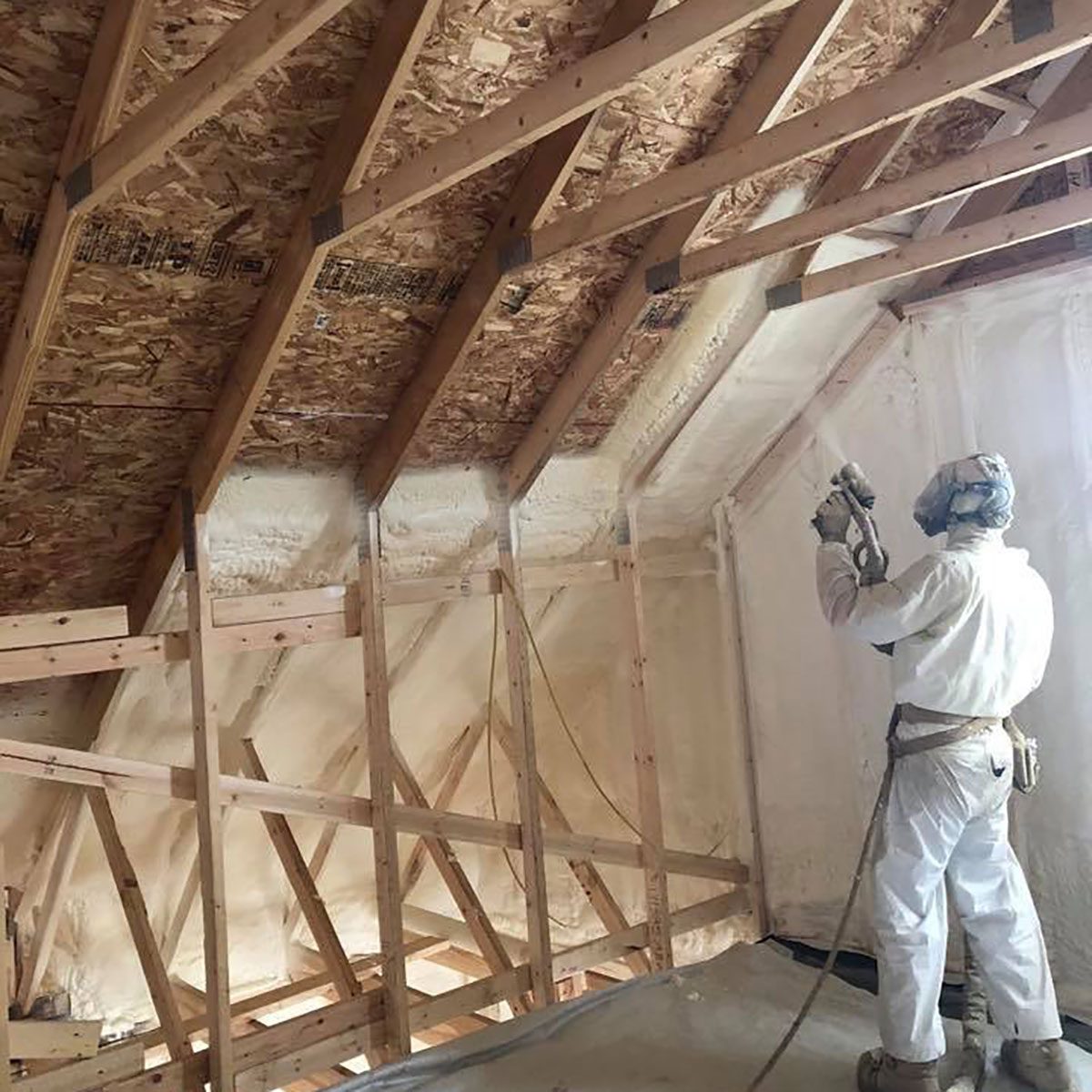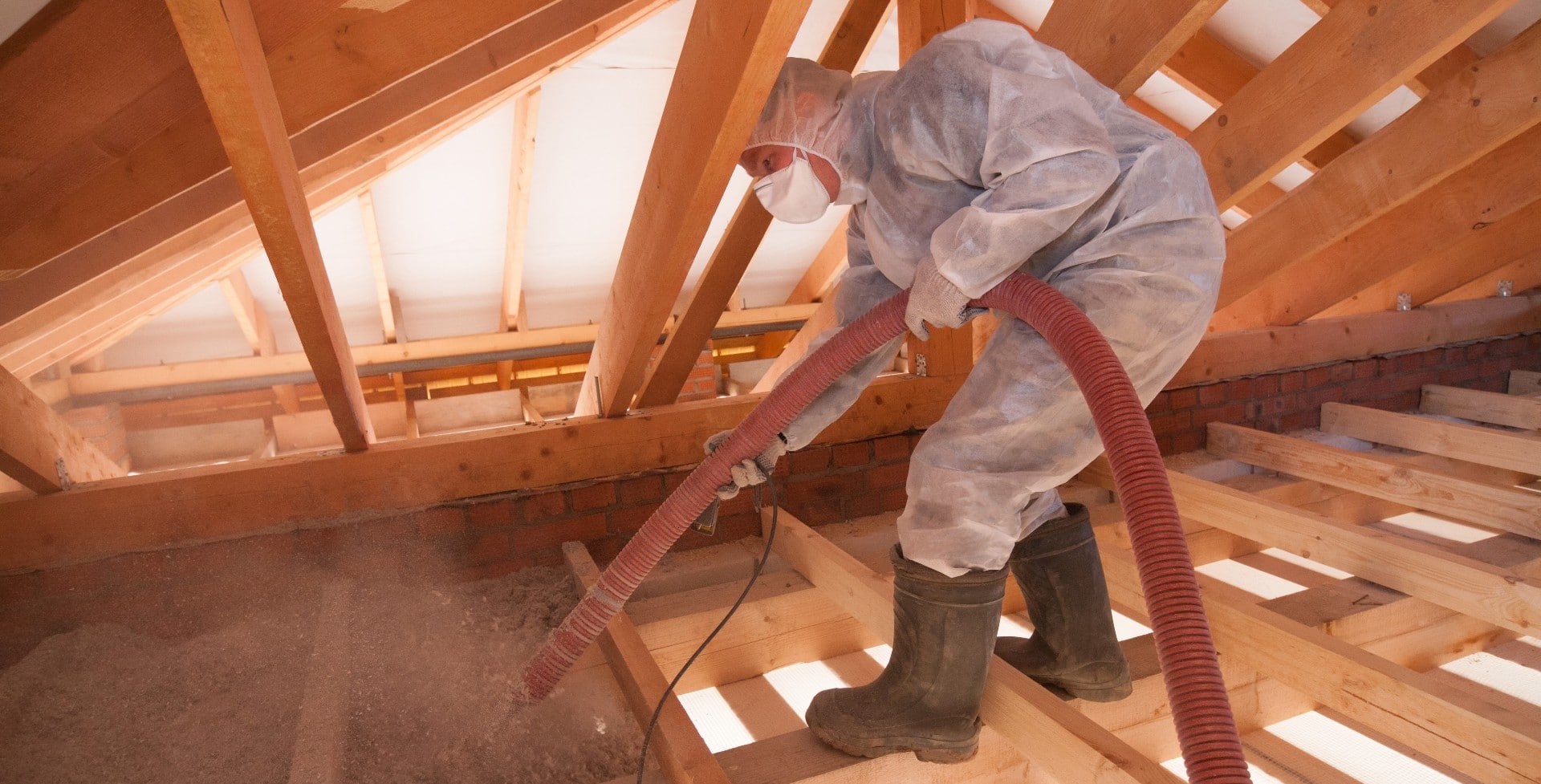Discover the Different Kinds Of Attic Insulation and Their Distinct Benefits for Your Home's Power Effectiveness

Fiberglass Insulation
Fiberglass insulation is among the most generally utilized materials for attic room insulation due to its superb thermal efficiency and cost-effectiveness. Composed of small glass fibers, this material effectively catches air, developing an insulating barrier that assists keep consistent interior temperatures. Its high R-value per inch makes it specifically reliable at withstanding heat transfer, which is important for power preservation in homes.
Setup of fiberglass insulation is relatively simple, typically readily available in batts or loose-fill forms, suiting different attic setups. Furthermore, it is resistant and non-combustible to moisture, decreasing the danger of mold and mildew advancement. This longevity adds to its longevity, making fiberglass a practical long-term investment for property owners.
Furthermore, fiberglass insulation is often made from recycled materials, which improves its eco-friendliness. The material can also add to soundproofing, decreasing noise transfer between rooms. While it is necessary to put on safety gear during installation to avoid irritation from the fibers, the total advantages of fiberglass insulation, consisting of energy cost savings and environmental factors to consider, make it a preferred option for improving attic efficiency and advertising a comfortable living environment.
Spray Foam Insulation
Spray foam insulation is a very efficient choice for attic insulation, recognized for its premium air sealing and thermal performance. This cutting-edge insulation product is composed of a combination of isocyanate and polyol material, which, when combined, increases swiftly to load spaces and tooth cavities in the attic room area. Its ability to stick to different surface areas makes certain a constant barrier against air leaks, significantly reducing warmth loss during colder months and warm gain during warmer seasons.
One of the key advantages of spray foam insulation is its high R-value per inch, which suggests it provides superb thermal resistance in a reasonably thin application. This is specifically beneficial in attics where room is typically limited. In addition, spray foam can help lessen moisture build-up, reducing the danger of mold and mildew and mildew growth, which can be destructive to both the structure and indoor air high quality.
While the initial expense of spray foam insulation might be more than conventional alternatives, its long-term energy financial savings, paired with boosted convenience and improved home value, make it a rewarding investment for house owners looking for boosted energy effectiveness. Attic Insulation DFW. Generally, spray foam insulation stands out as an effective option for maximizing attic insulation
Cellulose Insulation

Cellulose insulation is a prominent option for attic room insulation, mainly made up of recycled paper products treated with fire resistants. This ecologically friendly choice is recognized for its exceptional thermal performance, successfully decreasing warmth transfer in both summer and winter season. The dense make-up of cellulose enables it to load gaps and spaces in attic areas, offering a smooth obstacle against air leakages.
Among the significant advantages of cellulose insulation is its ability to withstand mold and mildew and insects, owing to the fire you can look here resistant therapies used throughout manufacturing. Furthermore, it flaunts a high R-value per inch, which converts into remarkable energy effectiveness. Property owners can expect reduced cooling and heating costs as a result of boosted insulation.
Installment is usually completed through blowing loose cellulose into the preferred location, permitting a effective and fast procedure. This technique also lessens disruption to the existing framework. Furthermore, cellulose insulation has a fairly reduced environmental effect, as its manufacturing procedure makes use of recycled materials, contributing to sustainable building practices.
Rock Woollen Insulation
Amongst the different options for attic room insulation, rock wool, likewise called mineral wool, stands out due to its outstanding thermal and acoustic performance. Made from recycled or natural products, rock woollen is developed by thawing rock and rotating it right into fibers, leading to an item that offers outstanding insulation residential properties.
Among the substantial benefits of rock woollen insulation is its high R-value, which shows its performance in standing up to heat circulation. This particular not only improves power effectiveness however also adds to maintaining a comfy interior temperature year-round. Additionally, rock wool is inherently fire-resistant, making it a much safer option for homes as it can withstand high temperature levels without melting or launching harmful fumes.
Additionally, rock wool insulation masters soundproofing abilities, successfully reducing noise transmission in between spaces and from outside resources. This makes it an ideal selection for homeowners seeking a peaceful living setting. Rock woollen is moisture-resistant, helping to avoid mold and mildew growth and preserving the structural integrity of the attic room space. On the whole, rock wool insulation offers a detailed service for boosting energy performance, security, and convenience in property setups.
Glowing Obstacle Insulation
Radiant obstacle insulation works as an efficient option for decreasing heat transfer in attic rooms, especially in warmer climates. This sort of insulation works by showing induction heat far from living areas, therefore lowering the quantity of warm that enters a home during hot weather - Attic Insulation DFW. Generally composed of a very reflective material, such as light weight aluminum foil, glowing obstacles are installed in attic rooms, encountering the roof, where they can obstruct incoming heat from the sun
The key benefit of glowing barrier insulation is its ability to lower air conditioning expenses. By reflecting heat as opposed to absorbing it, radiant barriers can aid maintain an extra stable interior temperature level, lowering the work on air conditioning systems. This performance equates into reduced energy costs and raised comfort for homeowners.
Along with energy savings, radiant barriers can likewise add to improved indoor air high quality. By lowering heat build-up, they help decrease humidity degrees, which can prevent mold and mildew development and enhance general air blood circulation. When mounted properly, radiant obstacle insulation can be a very useful addition to any kind of energy-efficient home, making it a worthy consideration for property owners seeking to improve their attic room insulation strategy.
Final Thought
Finally, comprehending the various sorts of attic room insulation-- fiberglass, spray foam, cellulose, rock woollen, and radiant barriers-- enables property owners to make informed choices pertaining to energy performance. Each insulation type provides distinct advantages, such as exceptional thermal resistance, dampness Web Site monitoring, and audio depletion. By picking the appropriate insulation material, significant reductions in energy costs can be accomplished, along with enhancements in indoor convenience. Ultimately, the appropriate choice adds to an extra sustainable living atmosphere and promotes total energy conservation.

In conclusion, understanding the different types of attic room insulation-- fiberglass, spray foam, cellulose, rock woollen, and radiant obstacles-- allows house owners to make enlightened decisions regarding power efficiency.